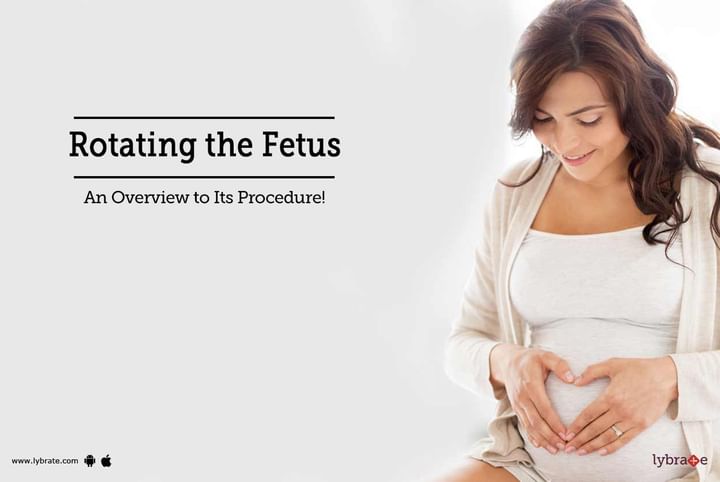Rotating the Fetus - An Overview to Its Procedure!
In a normal pregnancy, the baby develops with its head pointed down, and the head is usually the part which comes out first during normal delivery. However, in many cases, the baby could have its legs, feet, or buttocks pointing to the cervix. In a majority of cases, the baby may have this position, but rotates to have its head pointing down before the third trimester. However, this may not happen, and this is referred to as breech.
In a lot of cases, the doctor would try to move the baby’s head downwards usually around the 37th week, and this is referred to as external cephalic version (ECV) or even as version. The process is done externally by manipulation and hence the name external. It is done before labor and may allow for a vaginal birth. In very rare cases, it may be done during labor, but before the amniotic sac has ruptured. As a backup, there should be a provision for the patient to undergo C-section, if ECV is not successful.
Indications:
- Single pregnancy, into 36 weeks of pregnancy, with no complications, and preferably not the first pregnancy
- No engagement of the fetus (any part) in the uterus
- Adequate amniotic fluid, which will provide a good environment to move the baby with minimal injury
Contraindications:
- Suspected/known birth defects
- Multiple pregnancies (twins/triplets)
- Ruptured amniotic sac
- Fetus with a hyperextended neck
- Mother’s health is not optimal and is on cardiac medications
- Condition that mandates a cesarean section (placental separation from the uterus, placenta covering the cervix, etc.)
Procedure
The fetal position is first estimated using an ultrasound. The position of the placenta and the amount of amniotic fluid are also closely monitored. Under constant monitoring, the uterus is relaxed through medications. With one hand on the fetal head and another on the buttocks, the doctor tries to rotate the fetus. Depending on how much pressure the mother is able to tolerate and how flexible the uterus is, version may be successful (success rate is about 60%).
A second attempt under epidural anesthesia may be done, if the first one did not succeed. However, the chances of success with subsequent attempts is very doubtful. The fetus is constantly monitored through ultrasound and fetal heart rate monitoring. A fetus is considered healthy if the heart rate moves up during this procedure. However, if the heart rate seems abnormally high, the procedure would be abandoned.
After the procedure, the mother and the fetus would be monitored for a while before being sent home. As the fetus is constantly monitored throughout pregnancy, the doctor would be able to tell if this procedure is required.



+1.svg)
